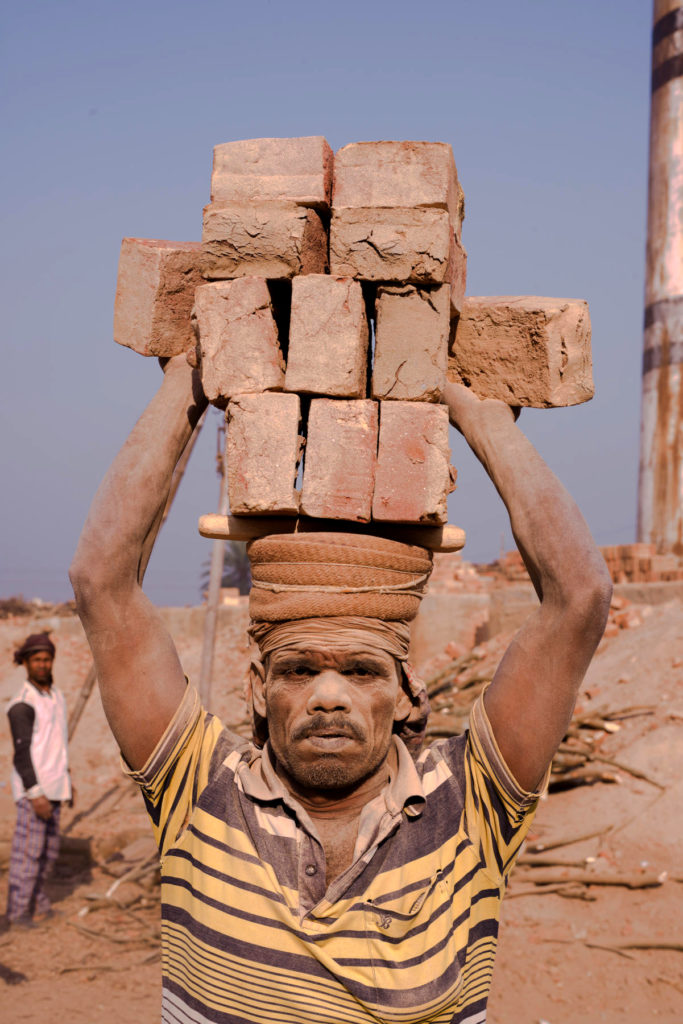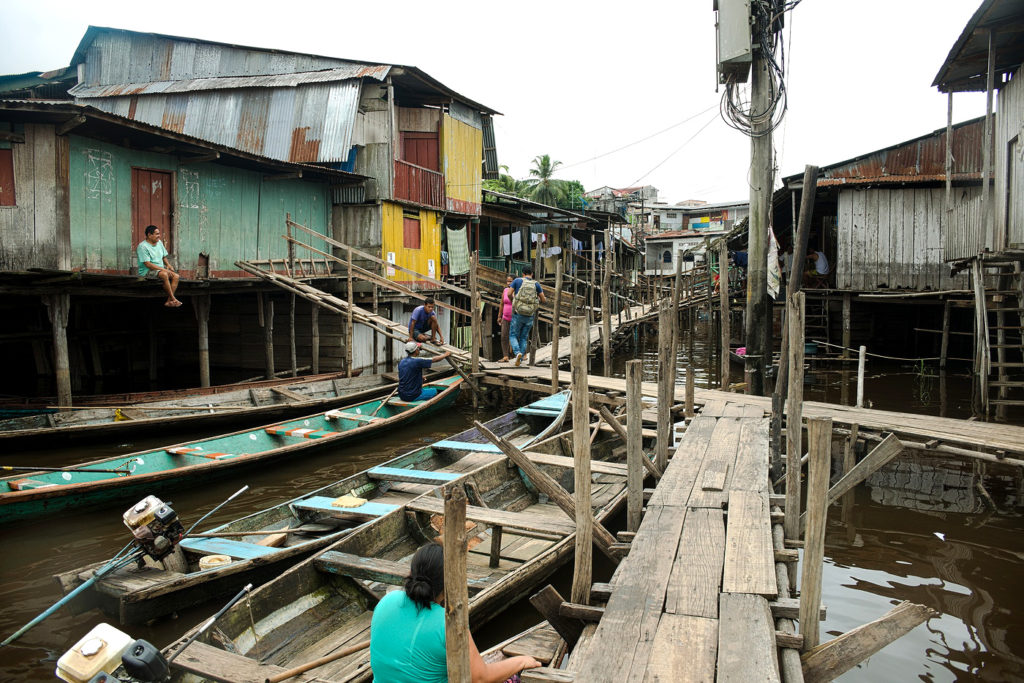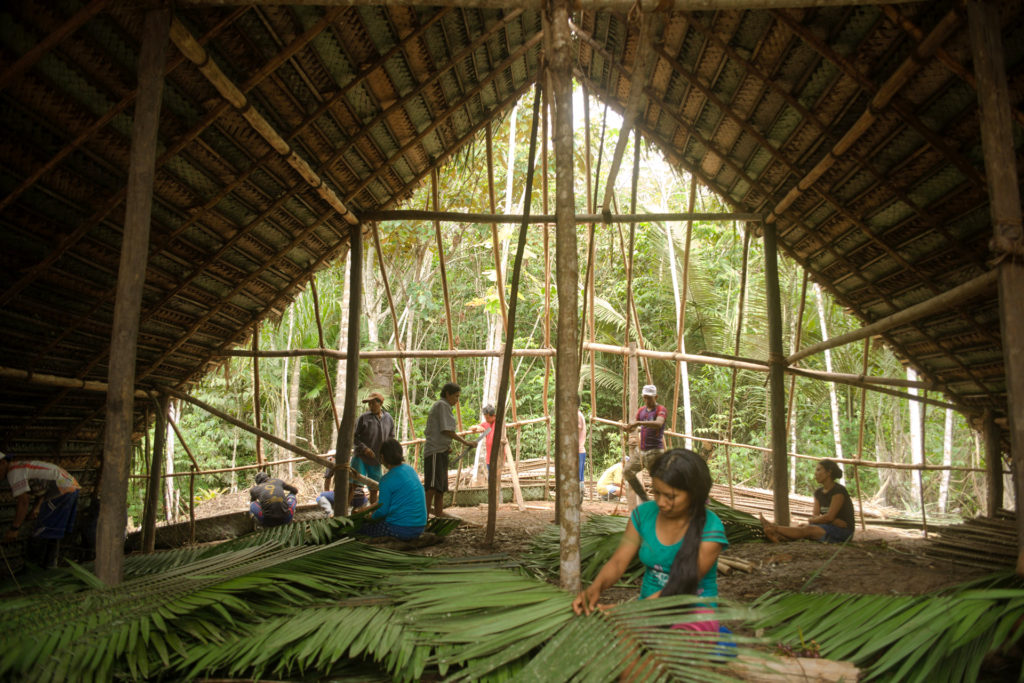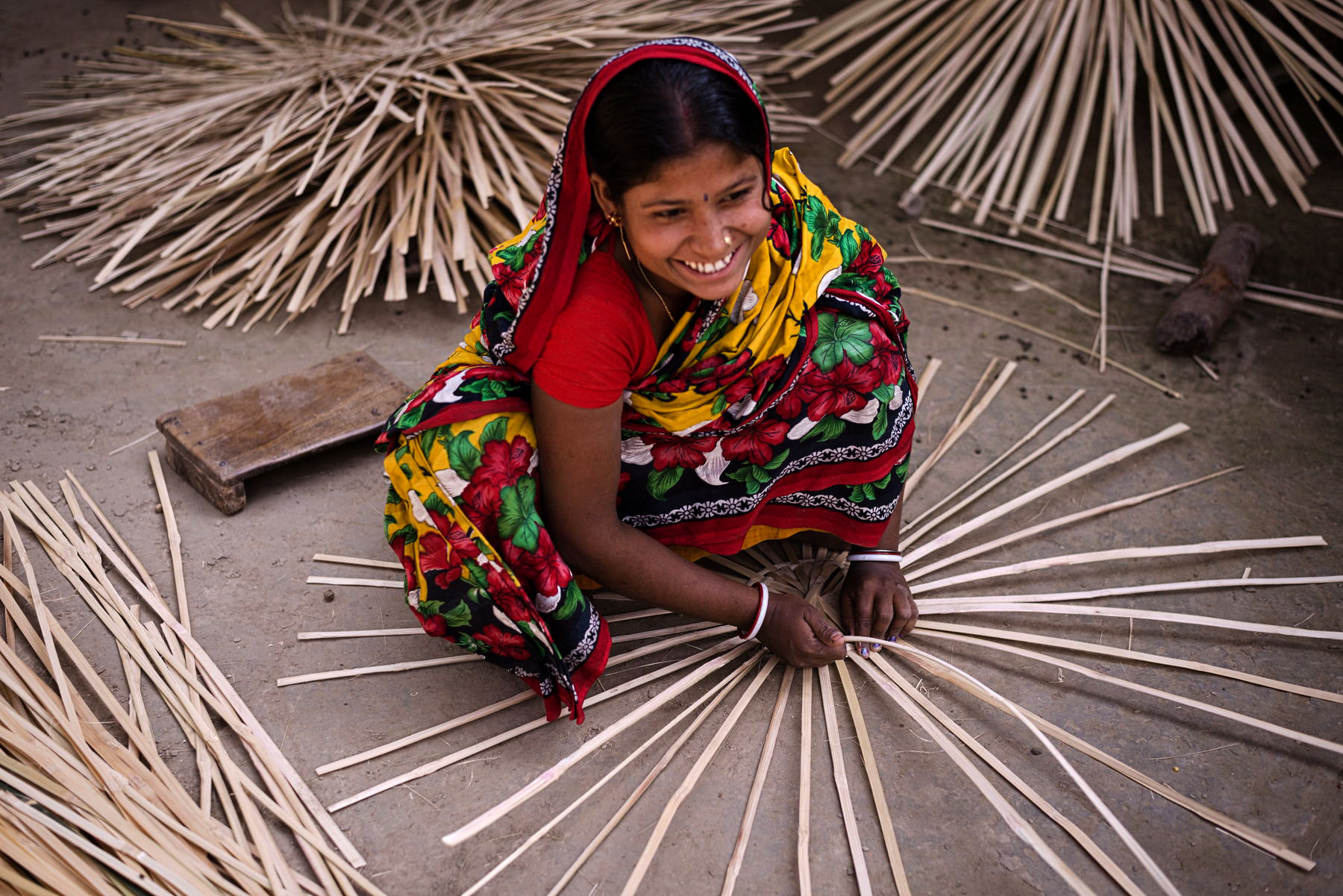“Two years ago, when I received the call about the Wheelwright Prize, Mohsen Mostafavi mentioned that it was going to be life-changing,” Anna Puigjaner told an audience at the Harvard Graduate School of Design in October 2018. “And he could not have been more right. These last two years have been probably the most intense time of my life.”
In April 2016, Puigjaner was named winner of that year’s Wheelwright Prize, an annual GSD fellowship offering one exceptional, early-career architect a $100,000 award to fuel two years of travel-based research (or research-focused travel). Puigjaner had risen to the top of the field of over 250 applicants with her research proposal, Kitchenless City: Architectural Systems for Social Welfare. After winning the prize, Puigjaner undertook an itinerary beginning in Senegal before she worked her way through Vietnam and Thailand, followed by China and Japan, then Scandinavia, and finally a leg in Latin America.

In Peru, Puigjaner visited Comedores Populares, a service that feeds half a million people per day; in China, she toured You+, which houses more than 10,000 people in micro-sized, kitchenless units. These experiences—along with many other valuable site visits—allowed Puigjaner to better understand kitchen and communal-cooking typologies and, ultimately, forward her hypothesis that people might not really need kitchens in their homes after all.
In undertaking her Wheelwright Prize fellowship, Puigjaner joined a distinguished coterie of architects—among them Paul Rudolph, Eliot Noyes, and I. M. Pei—who had been selected as fellows over the years. It was a belief in the value of intensive, hands-on travel and the discovery of new forms of design that inspired the Wheelwright Prize’s founding in 1935 as the Arthur C. Wheelwright Traveling Fellowship. The core idea was to provide a beaux arts, “grand tour”-type experience to exceptional GSD graduates at a time when international travel was rare, and to stimulate cross-cultural engagement in both practice and pedagogy.
In 2013, then-GSD dean Mohsen Mostafavi reshaped the Wheelwright Prize as a competition open to early-career architects from around the world, whether GSD graduates or not. “It is clear that today’s fluid movement of people and ideas necessitates new approaches towards the understanding of architecture and urbanization,” Mostafavi remarked in 2013. “I am excited that in the coming years the Wheelwright Prize fellowship will be able to have a significant impact on the intellectual projects of young architects and, in turn, on the future of architecture and the built environment.”
Mostafavi revamped the prize in collaboration with the GSD’s K. Michael Hays and Jorge Silvetti (Hays remains on the prize’s founding committee; Silvetti served on the 2013 jury), as well as then-GSD communications director Benjamin Prosky and consultant Cathy Lang Ho. The committee discussed what a grand tour for architects of the 21st century would entail, and how themes and issues could be tied to geography and cultures. Their goal was to enable deep research that could enhance an architect’s personal formation as well as architectural knowledge at large. They concluded that this kind of experience would be most beneficial for early-career architects with open-ended curiosity and great future potential.

Since this reinvention, the Wheelwright Prize fellowship has spread in reach and engagement, enabling its subsequent six winners the opportunity to expand their architectural agendas and enrich their perspectives. Even with the comparative ease of today’s digitally enabled research and image-gathering, the opportunity to personally visit a diverse range of sites around the world, and to do so in a focused, prolonged format, remains invaluable.
“The architectural project works in many ways as a series of hypotheses about life and reality, but this reality that we project can be verified only through experience,” observes Chilean architect Samuel Bravo, winner of the 2017 Wheelwright Prize. (Bravo returned to the GSD on September 12 to present his Wheelwright travel and findings.) “So I think it is important to explore architecture as ethnography in a sense of exploring the experience of people. The experience of the built environment can only be revealed by ‘being there.’”
Bravo’s research proposal, Projectless, examines the relationship of the architectural practice with non-project-driven traditional and informal environments. He focused on a dozen cases in seven different countries to unearth, as he puts it, “a portion of the human environment that has been shaped in the absence of project.” Informality, otherwise understood as a people’s shared ability to create a city or collective living arrangement, is harnessed by “community architects” as a tool for creating and improving the built environment, Bravo notes.
The Wheelwright Prize’s investment in those ideas and practices percolating at architecture’s margins may bring immense benefit for the field at large. “Only a prize that prioritizes travel and open-ended discovery could allow an architect to do what Samuel Bravo wants and needs to do—to experience situations likely to range from primitive to chaotic, to live with and learn from diverse communities, to document common building knowledge, with the goal of transforming this knowledge into practicing concepts,” says Gia Wolff, who served on the jury of the 2017 Wheelwright Prize cycle. She also won the prize herself in 2013, its inaugural cycle after Mostafavi’s reinvention.

Over his two years of research, Bravo was able to observe working methods and toolsets across continents, from the hills of Lima to the city of Jhennaidah in Bangladesh. His travels allowed him to engage with the indigenous Matsés tribe, living in the Peruvian and Brazilian Amazon. He learned about their construction of communal houses that, as Bravo observes, uniquely blend dwelling and being, revealing new clarity on the emergence of human environments in relation to language. He observed a series of other informal settlement areas, from the flooded slum of Belén Bajo in Iquitos (the capital city of Peru’s Maynas Province) to Korail in Dhaka, Bangladesh; he notes that Korail’s larger, more formal urban setup provokes questions about the nature and fundamental definition of informality.
“Through this process I met practitioners that, rather silently, have created a long-term engagement with communities,” Bravo says. “From city planners to community architects, these people are, in a way, expanding boundaries for our methods and strategies as architects.” He continues, “I feel the urgency of research on our rapidly changing realities. Architectural representation is a powerful tool to evidence the ignored. And architecture as a way of thinking about the human environment is also urgently needed.” As design fields are increasingly called upon in response to broad, complex, global problems, the sort of culturally engaged, boundary-questioning research that the Wheelwright fosters holds potential for architecture’s present and future agency.
